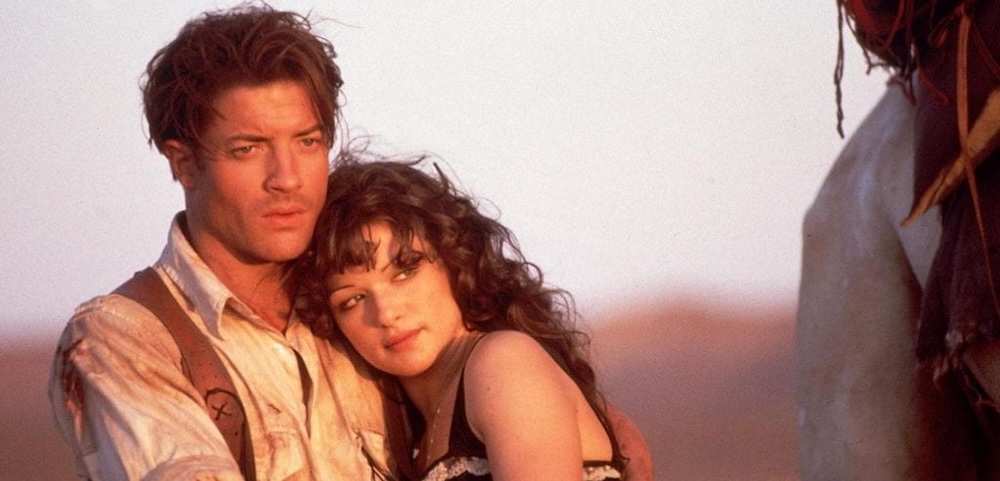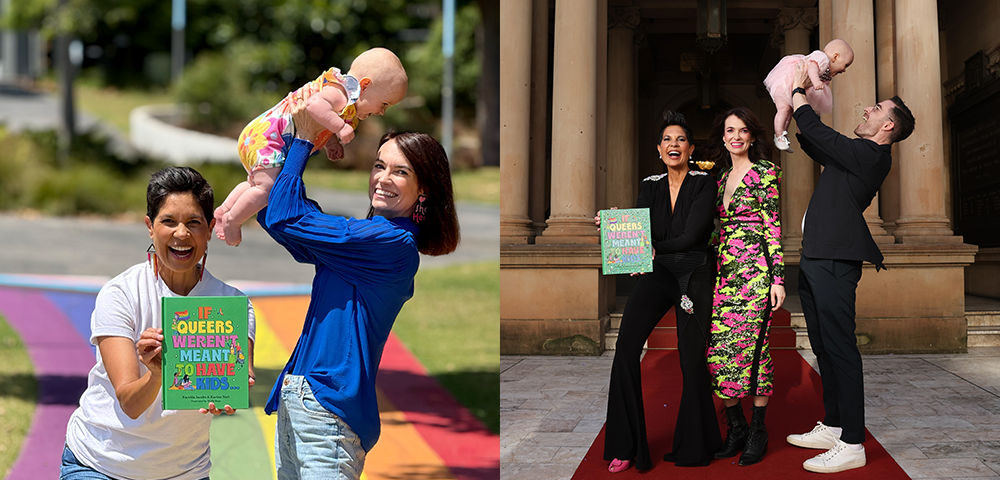
Oscar: Australian Ballet Blazes Trails With The Story of Oscar Wilde

Oscar Wilde was an astonishing and distinctive raconteur, a literary pathfinder, an icon of homosexuality and queer identity — and the new Australian Ballet production of ‘Oscar’ does his rakishly queer legacy proud.
This lionised Irish poet and playwright has been a paragon of queerness—our identity, our joy, our persecution and resilience—spanning generations.
The profoundness of Wilde’s impact on the LGBTQIA+ community and our history is so enormous that it is its own superlative, and it is simply impossible to state this too strongly.
In fact, the story and impact of Oscar Wilde is so truly enormous that it’s genuinely a marvel that The Australian Ballet’s newest production, Oscar, about the life of the queer literary wunderkind, knew where to even begin with choosing how to tell his story.
But somehow, they whittled the bigness of Wilde’s life down; melding together his life story and his creative work, somehow distilling his tragically, joyously queer life and works into two marvellous acts.
While Oscar Wilde is known today as a literary genius, he is one of the many LGBTQIA+ people celebrated nowhere near as much as they should have been in their own time. Wilde’s plays, such as An Ideal Husband and The Importance of Being Earnest, were admittedly popular, but his only novel, The Picture of Dorian Gray, was controversial from the moment of its release.
Like many queer folks of Victorian times, Wilde hid in the plain sight of a heterosexual marriage. But Wilde was also known for dressing flamboyantly and being sparklingly camp; he was a popular conversationalist in fashionable societal circles, who had a lightning-fast wit.
Aside from his creative works and invigorating personality, the other major headline in Wilde’s life is his incarceration. He was arrested in 1895 for gross indecency for homosexual acts, and received the maximum sentence of two years hard labour in jail.
This is how Oscar begins — with Wilde behind the bars of Reading Gaol. He reads The Nightingale and the Rose to his children, and as the Nightingale appears, Wilde enters happy, colourful memories of fanciful good times and radiant societal events. It’s there he meets his first male lover, and Wilde soon answers the allure of splitting his life between seen and secret: heterosexual domesticity, and a hidden world of gay pleasure, joy and comfortability in one’s own sexual attractions.
If Act One is a dazzling reverie, a waking dream where Wilde believed could keep his life fractured in two and his secrets secret forever, then Act Two is a nightmare. Wilde is still incarcerated, but his physical and mental health are both failing. The second act recalls The Picture of Dorian Gray, and the audience witnesses the deep parallels between writer and writing.
“I think he wrote himself into all of his work,” choreographer Christopher Wheeldon told the New York Times. “Sometimes you see it in the wit and charm and brilliance of the characters in the stories, sometimes through the inner fears and desires they embody.”
Despite ballet having no shortage of LGBTQIA+ dancers, ballet is largely starved of telling the stories of same-sex couples.
So, Wheeldon breaks ground with Oscar.
This was enormously evident at the world premiere at Melbourne’s historic and stunning Regent Theatre, which welcomed a diverse audience. Some were, of course, long-time ballet fans and patrons, but looking around the foyer, you could also see a flurry of first-timers. Plenty of gay couples and queer folks who’d never had any interest in ballet, but the trailblazing LGBTQIA+ representation with the story of Oscar Wilde piqued their interest.
“I believe we should be telling more honest stories in ballet, and I don’t want to be timid about telling this one,” said David Hallberg, the Australian Ballet’s artistic director.
Choosing honesty and inclusivity over timidness has paid off. Seeing our own stories through art is enormously important to our community, and Oscar has, without doubt, created new lifelong ballet fans by showing the beauty of queerness through the medium of ballet. The stunning story 0f Oscar Wilde being told through the elegant — sometimes tragic, sometimes joyful, sometimes both — movement of talented ballet dancers is an experience that should not be missed.
Oscar is on at the Sydney Opera House from 8 – 23 November, 2024. You can learn more at australianballet.com.au.









